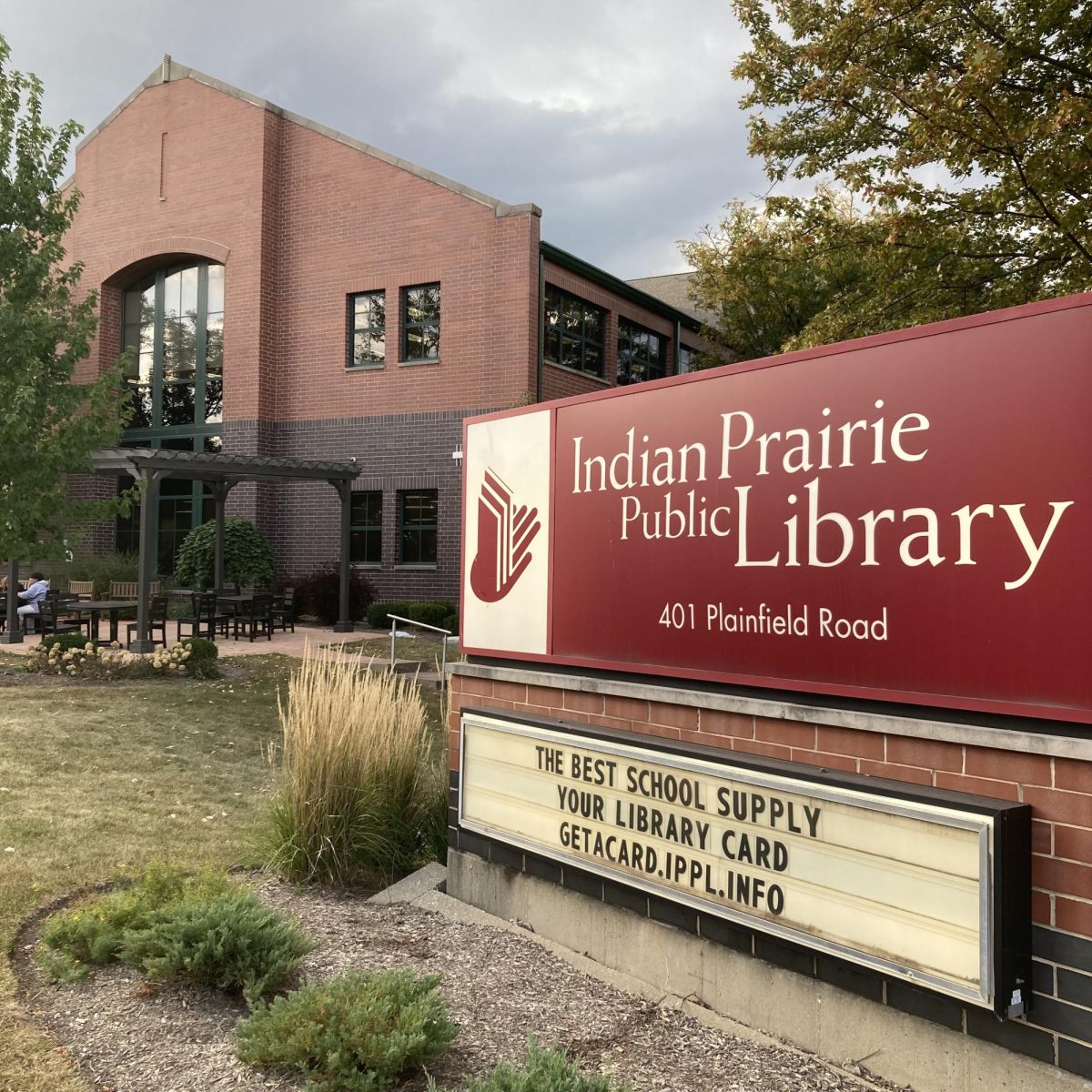The Willow Project: Skyrocketing Social Media Activism
April 1, 2023
Advocacy against the Willow project—with all its potential environmental and climate impacts—has consumed the feeds, posts, and comment sections of social media platforms.
High-profile figures have expressed opinions regarding the project on their platforms.
Congress-woman Alexandria Ocasio-Cortez tweeted the “only acceptable Willow project is no Willow project #StopWillow”; while TikTok has racked up 916.9 million views under the search “Willow project”.
The approval of Willow has seemingly heightened the engagement of environmental activism on social media platforms.
On Instagram, the hashtag, #StopWillow, has been used on over 5000 posts; though other hashtags have gained popularity in response to the project’s approval as well: #willowprotectionpetition and #willowprojectneedstostop.
Biden’s administration approved Willow—a project proposed by the energy company ConocoPhillips, based in Texas—on March 13, 2023, and has been under fire ever since; this heat can be attested to his prior support and commitment to the climate crisis.
President Biden signed an executive order in January of 2021, to rejoin the Paris Agreement, an international treaty designed to limit climate change. The United States had formerly been a part of the Paris Agreement, but during Donald Trump’s presidency, Trump made the decision to withdraw the U.S from the international treaty, as well as reversing many other environmental regulations put in place during Obama’s presidency.
As a contribution to the Paris Agreement, after rejoining in April of 2021, President Biden set a new national goal to reduce emissions by 50-52% from the 2005 levels by the year 2030.
Though the Biden Administration giving the green light to embark on Willow allows for three petroleum drill sites in Alaska’s north slope, the National Petroleum Reserve Alaska, which will release 9.2 million metric tons of carbon each year for the project’s 30-year-lifespan. This is a threat to the global climate crisis as the greenhouse gasses being released into the atmosphere trap heat, preventing it from escaping into space, and ultimately raising the Earth’s temperature.
In 2020, the Trump administration had approved a version of Willow, where five drill pads were to be built. In the Willow project approved by the Trump administration, the environmental consequences that would have would have been more of a severe threat to the climate crisis than the project approved during Biden’s presidency.
Biden’s administration reduced the number of pads to three, but due to ConocoPhillips having leases on the drilling sites, legally, his administration believed that they could not reject the Willow Project or create a more significant reduction in the amount of drill pads, unless the government wanted to trigger legal action from ConocoPhillips.
ConocoPhillips is promising billions in revenue, 2,500 construction jobs, and 300 permanent jobs, for a plan that their official website(powerincooperation.com) details as “important for both Alaska’s economy and America’s energy security”.
A push for the ConocoPhillips project can be seen from Alaska’s senators along with their house representatives.
On March 1, 2023, a delegation was held outside the U.S capital where Congress representatives from Alaska called on the Biden administration to re-approve the Willow Project on Alaska’s North Slope.
Alaska senator Murkowski believes the Willow Project will aid in national security.
“This is a re-approval. There is nothing to agonize here. This is about security for America, security for Alaskans. Get off the dime, administration—approve the Willow Project” said senator Murkowski.
His strategy of coaxing his audience into agreeing with a plan that will prove profitable to his state was by reminding everyone that this project had previously been approved during the Trump presidency.
Alaska house representative Josiah Patkotak has also fought for Willow.
“Thirty-year life of the project represents about $3.7 billion in impact grant mitigation funds. And those directly affect the communities within the National Petroleum Reserve-Alaska, along with a few of the villages above the North Slope. And those grants are used for anywhere from school playgrounds, to salaries for city managers in villages that don’t have an economic base, to water and sewer infrastructure, power generation and roads, building them up and maintaining them” said Patkotak.
Despite those that worked to make the Willow project a reality, people are using social media as an outcry—for the health of nearby indigenous groups and animal populations, but also the entire planet and its climate—to stop this project.
The Natural Resources Defense Council, located in New York, New York, and Greenpeace USA are both suing to halt the administration’s approval of the Willow Project. These organizations have spread the word on their platforms, rallying the Internet’s support.
A petition on Change.org, “Biden Administration and ConocoPhillips: SAY NO TO THE WILLOW PROJECT!”, has over 5,000,000 signatures. At 6,000,000 signatures, this petition will become one of the top signed petitions on the website.
With social media being accessible to the majority, voices will be heard more than ever before in the attempt to stop this project—where all the grave environmental consequences tremendously outweigh the economic proceeds.






